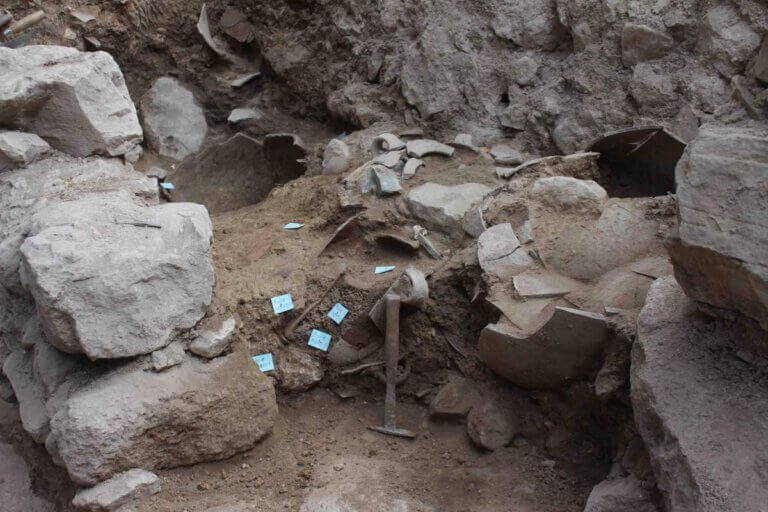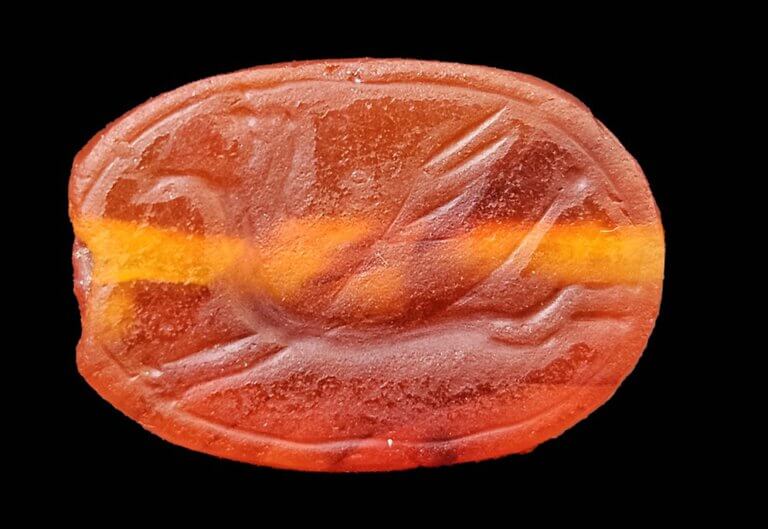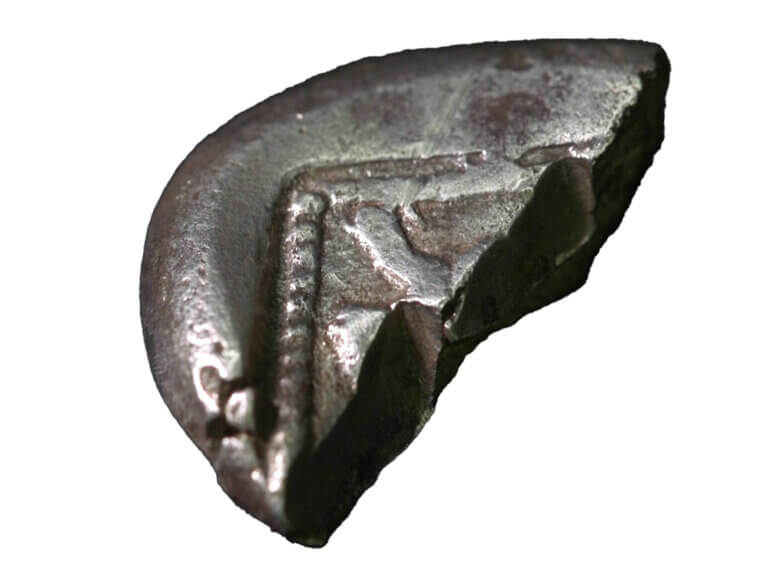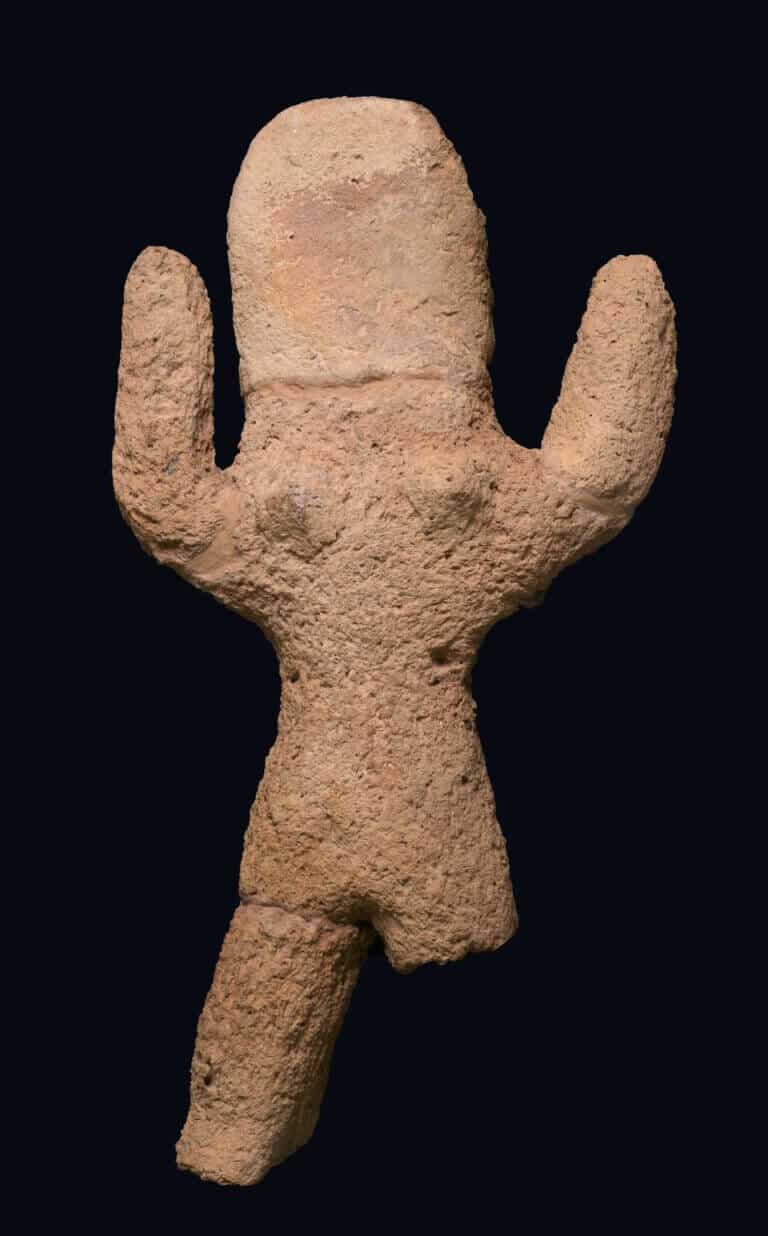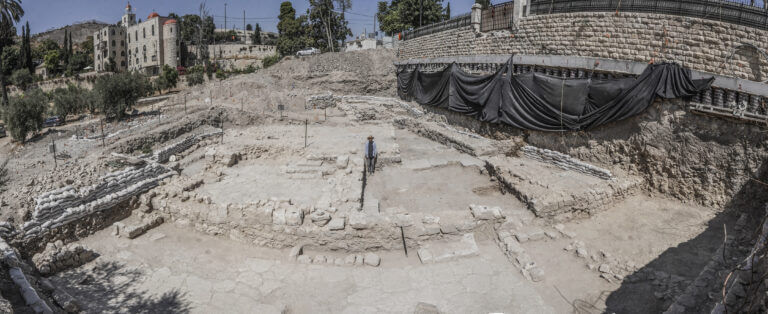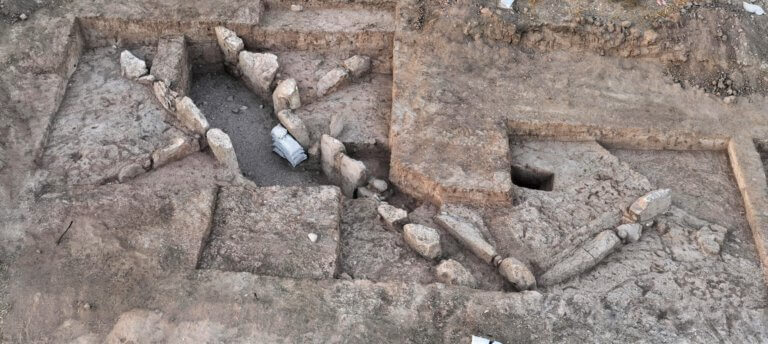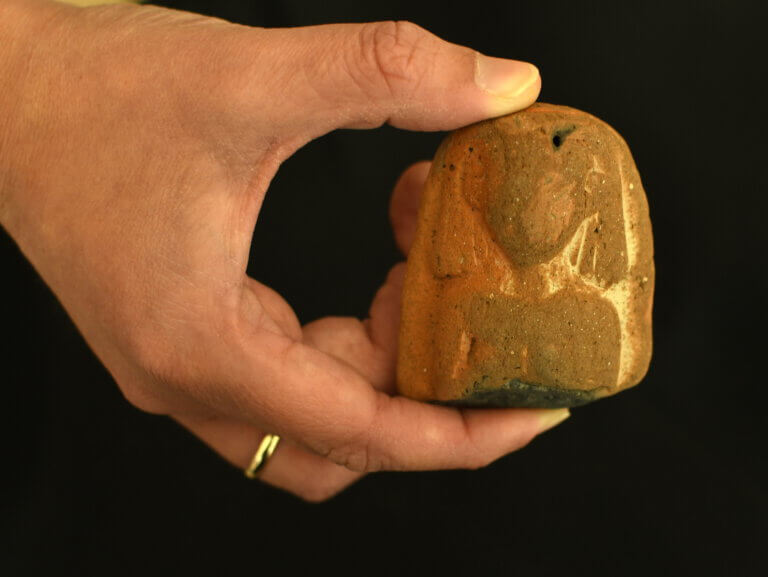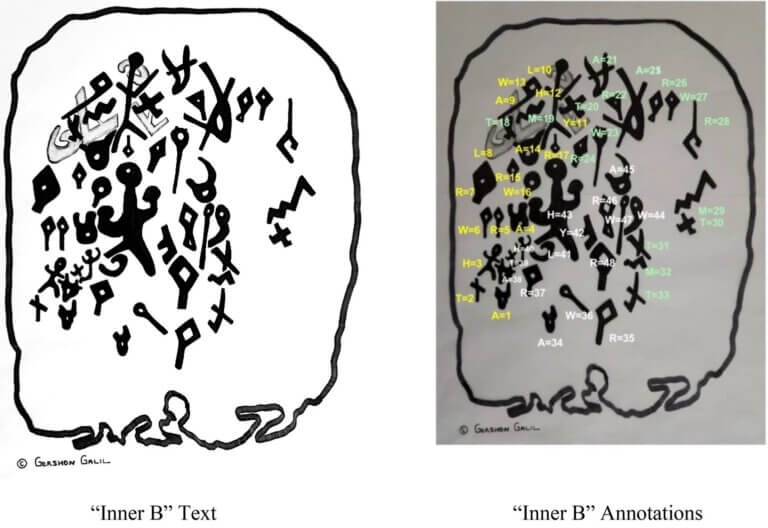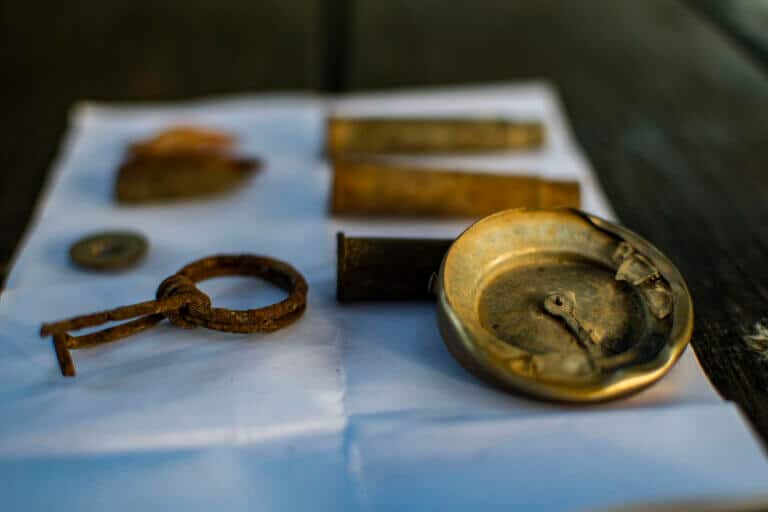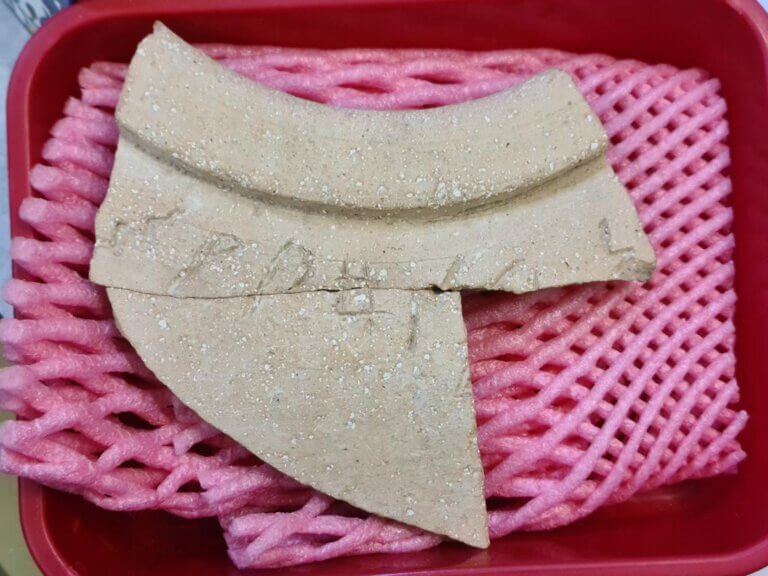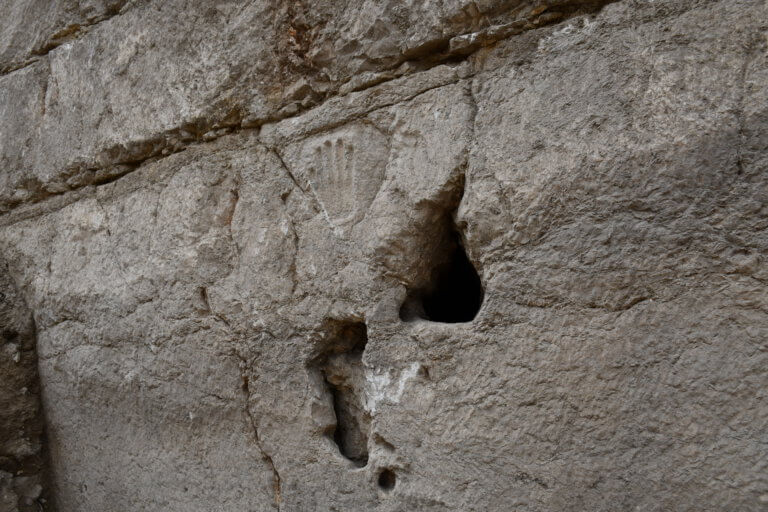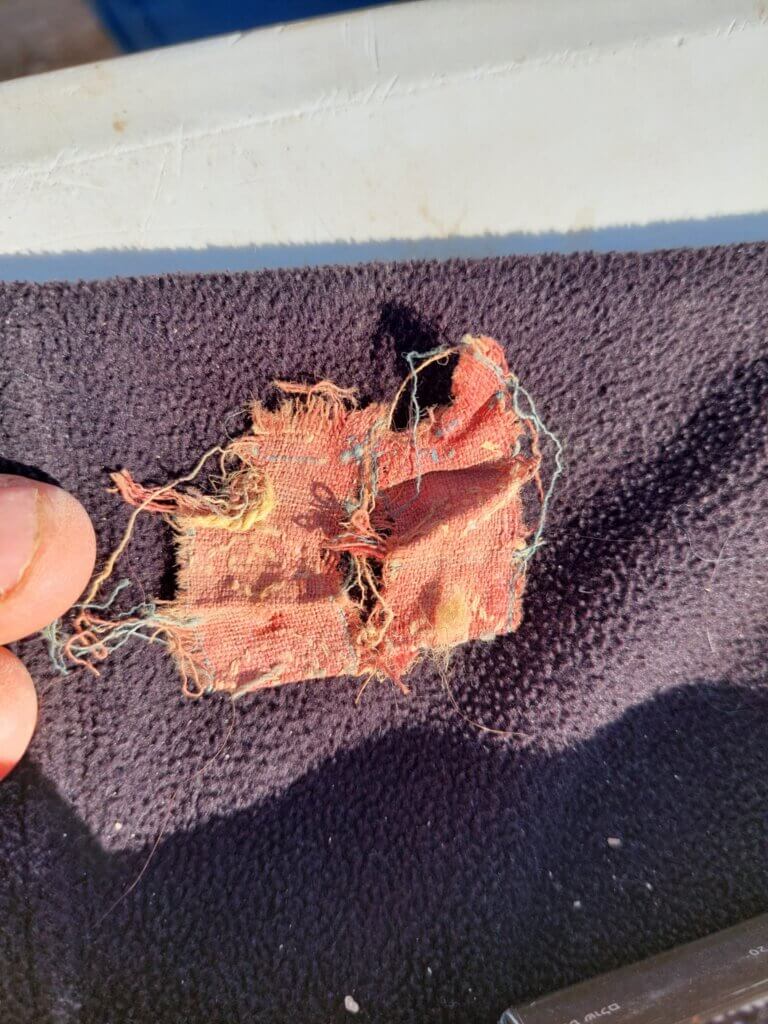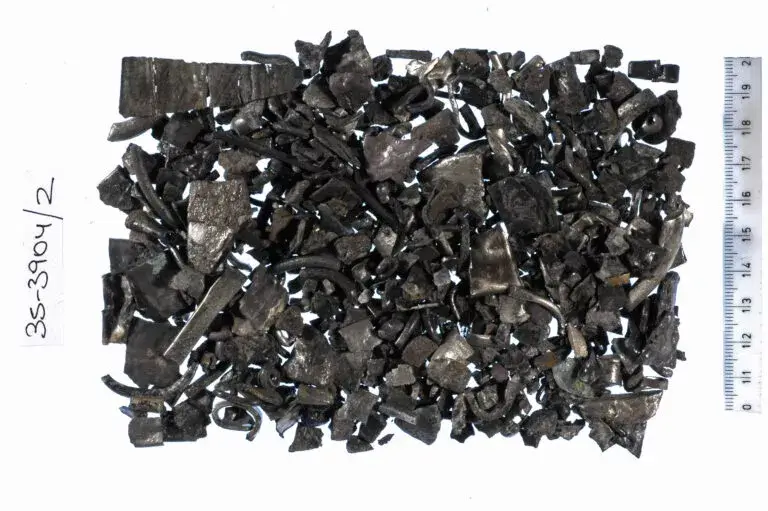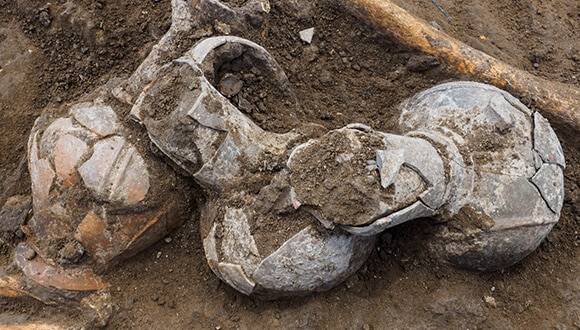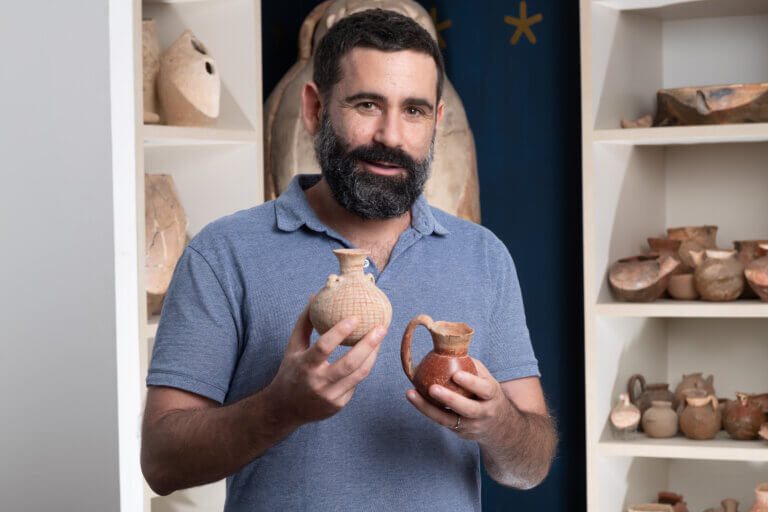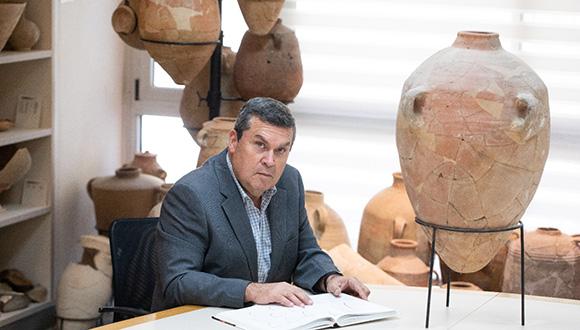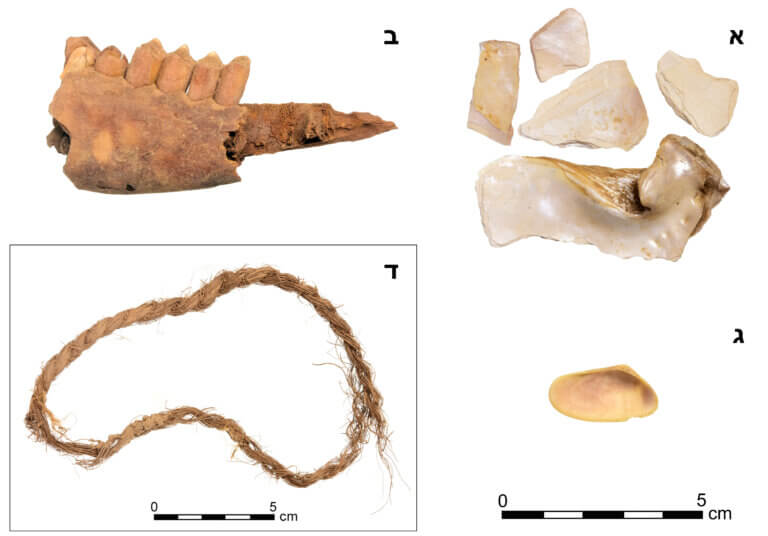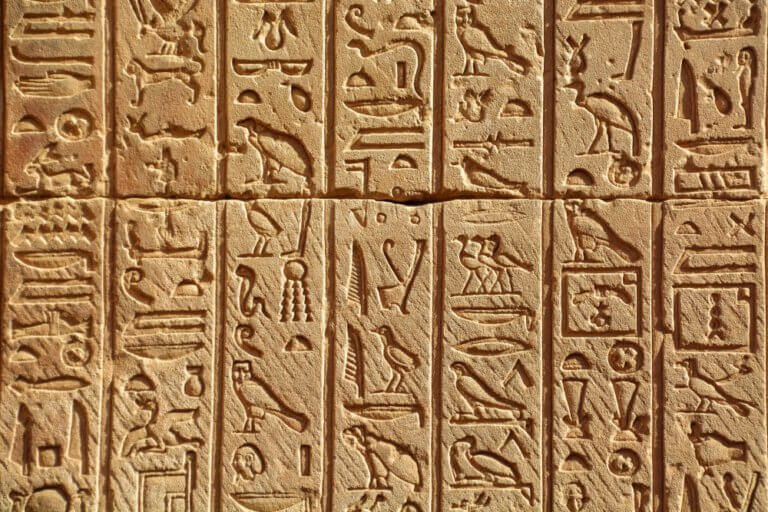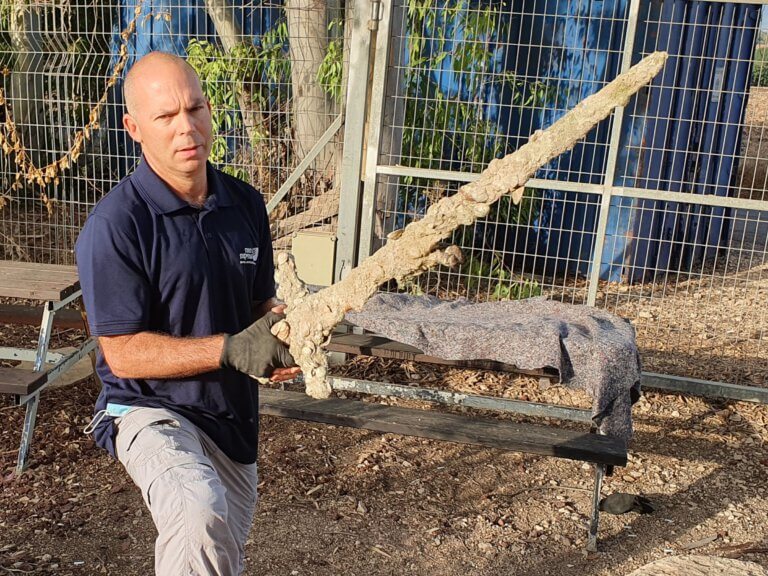Hayadan > Society and history > history > Archaeology
Archaeology
- Avi Blizovsky
- May 2, 2024
The researchers, from the Weizmann Institute, Tel Aviv University, the Antiquities Authority, Bar Ilan and other institutions from around the world, overcame the phenomenon of "ancient cities" that are not arranged in layers that makes it difficult for archaeologists around the world and presented for the first time an absolute dating of Jerusalem in the Iron Age
- Ben-Gurion University
- April 20, 2024
- 5 תגובות
Students in the fourth year of the Department of Software and Information Systems Engineering at Ben-Gurion University of the Negev decided to produce an up-to-date answer to the ancient writings and under the guidance of Prof. Mark Lest, developed an artificial intelligence system that completes the missing sections in the ancient texts
- Israel Antiquities Authority Archeology
- April 4, 2024
- 4 תגובות
The world-important prehistoric site, the Ovadia National Park in Emek Hirdam, which is the oldest in Israel (about 1.6 million years ago) and one of the oldest in the world outside the African continent, was inaugurated. * There was a meeting between animals from Africa and Europe
- Tel Aviv University
- March 27, 2024
Why did the ancient man return again and again, over hundreds of thousands of years, to the same quarry sites? It turns out that the secret lies in the migration routes of the elephants
- Avi Blizovsky
- February 8, 2024
- 5 תגובות
The amulet may testify to the presence of an Assyrian (or perhaps Babylonian) official in the place almost 2,800 years ago * The rare find was transferred to the state treasures and the traveler received a certificate of appreciation from the Antiquities Authority
- Avi Blizovsky
- January 18, 2024
- No comments
The coin, which is one of the earliest evidences in Israel of the transition to the use of coins, was discovered in an excavation by the Antiquities Authority funded by Israel Routes.
- Israel Antiquities Authority Archeology
- September 15, 2023
- One response
Objects that appear to have been used by folk sorcerers were discovered along the ancient road that led from Egypt to Mecca about 400 years ago
- Bar-Ilan University
- September 2, 2023
Annette Landes Nagar is an archaeologist-digger and Bar Ilan President Fellow, whose research has yielded important discoveries in the Jerusalem area
- Israel Antiquities Authority Archeology
- August 16, 2023
- No comments
In an excavation by the Antiquities Authority prior to the construction of a Mekorot company water line in the Kiryat Gat area, an ancient gate was discovered, approximately 5,500 years old * This gate was part of the fortification system of one of the most important mounds for understanding the beginning of urbanization
- Israel Antiquities Authority Archeology
- July 2, 2023
- No comments
She handed it over to the State Treasury and received a certificate of appreciation from the Antiquities Authority for demonstrating good citizenship
- Israel Antiquities Authority Archeology
- June 10, 2023
- One response
A new study published today (Fri) in the prestigious scientific magazine Nature Scientific Report suggests that tiny flutes made from the wing bones of waterfowl were used to produce sounds imitating the sounds of birds of prey
- Haifa University
- May 18, 2023
- 17 תגובות
The inscription was written on a small, folded lead tablet, and it was found last year during soil screening works for the excavation of the late Prof. Adam Zartal from the University of Haifa on Mount Ibal
- Israel Antiquities Authority Archeology
- April 25, 2023
- No comments
The compass, as well as Bren type machine gun pods, were uncovered in an archaeological study by Dr. Rafi Lewis from Ashkelon Academic College and Haifa University and Il Marco from the Antiquities Authority * According to the researchers, the compass belonged to the platoon commander or one of the two patrols who fought in force * The study may shed light on the battle in which they were killed all warriors
- The Hebrew University
- April 14, 2023
- 9 תגובות
A Shebaite inscription was deciphered on a clay urn that contained incense and was discovered less than 300 meters from the site of the temple as part of the Ofel excavations in Jerusalem. The inscription on the urn indicates a connection between King Solomon's Israel and the kingdom of Sheba which was in the territory of today's Yemen
- Avi Blizovsky
- March 2, 2023
- One response
This year's winners' projects include a virtual reality tour of the medieval city of Angkor Wat, a digital archive of disappearing architecture in Kenya, studies of post-Holocaust interfaith schisms, gender and politics in colonial Nigeria, and white women's involvement in slave ownership in the American South
- Israel Antiquities Authority Archeology
- January 26, 2023
- No comments
The new parts of the defense system on the walls of Old Jerusalem against Crusader attacks were discovered during archaeological excavations by the Antiquities Authority on Sultan Suleiman Street, prior to the laying of infrastructure at the initiative of the Jerusalem Municipality through the Moriah Jerusalem Development Company
- Israel Antiquities Authority Archeology
- January 19, 2023
- One response
Cotton fabrics and silk fabrics originating in India and China from about 1,300 years ago found in the Arabah testify to ancient trade from the Far East, through the Land of Israel and Europe
- Israel Antiquities Authority Archeology
- January 14, 2023
- 2 תגובות
This is the first evidence that there was a continuous and long-term trade of metals from the Levant region to Anatolia already in the 17th century BC, about 500 years before the Iron Age when the use of silver coins became common in the region
- Israel Antiquities Authority Archeology
- October 4, 2022
The remains of the opium were found in pottery excavated at Tel Yehud, in an excavation conducted by Ariola Yakoel on behalf of the Antiquities Authority. The pots that contained the opium date to the 14th century BC, and they were found in the tombs of Canaanites and were apparently used as part of the local cult of the dead
- Tel Aviv University
- June 30, 2022
- 3 תגובות
Prof. Erez Ben Yosef from the Department of Archeology at Tel Aviv University in a fascinating description of the elite's fashion in the tenth century BC, during the reigns of David and Solomon * from Tel Aviv University's Tel Aviv 360 podcast series
- Tel Aviv University
- May 18, 2022
Prof. Oded Lifshitz, head of the Nadler Institute of Archeology in the Lester and Sally Antin Faculty of Humanities, was announced as the recipient of the A.M.T. (Art, Science, Culture) for 2022. The prize will be awarded to him at a ceremony to be held during the month of June, in the capacity of the Prime Minister of Israel.
- Haifa University
- May 15, 2022
- No comments
"The findings reflect the beginnings of globalization processes in the ancient world and the special importance of the Middle East and the desert space in particular, at the crossroads of East and West," say the researchers
- The Hebrew University
- January 10, 2022
A new study led by the Hebrew University reveals for the first time in history, Egyptian wall reliefs depicting intimate scenes of Egyptian Queen Nefertiti and Pharaoh Akhenaten, in which rituals performed by the royal couple before their sacred marriage as living gods are described
- The Hebrew University
- November 30, 2021
Prof. Roni Allenblum Zel dedicated his life to the study of climatic effects on cultures and historical events. A new study, now published posthumously, suggests that their influence is greater than we thought
- Israel Antiquities Authority Archeology
- October 18, 2021
- One response

